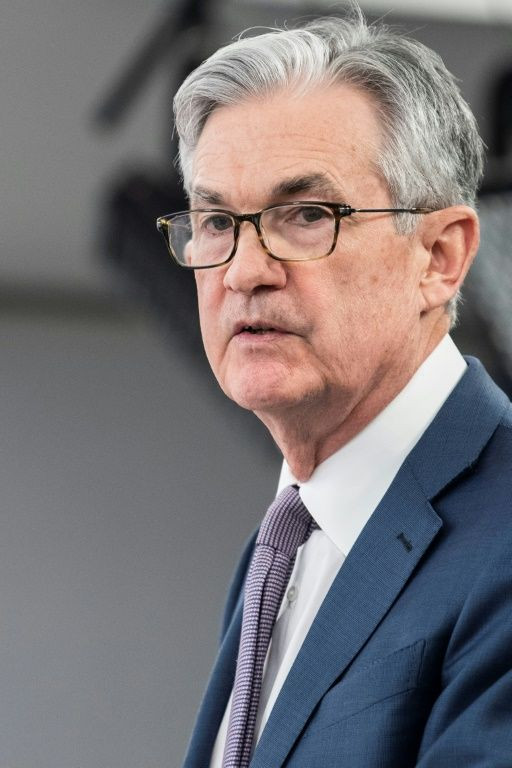Fed Launches Asset Purchase Program With No Limit To Help Financial Markets During Coronavirus Crisis

KEY POINTS
- The Fed has launched flurry of programs to help financial markets during the ongoing crisis
- Fed has already cut benchmark interest rates to essentially zero
- Analysts praise the Fed for adopting "QE infinity."
In response to the ongoing economic damage caused by the coronavirus crisis, the Federal Reserve on Monday introduced a flurry of programs, including commitment to an aggressive asset purchase program with no limit in an effort to support beleaguered financial markets.
The Fed said its asset purchasing program will be “in the amounts needed to support smooth market functioning and effective transmission of monetary policy to broader financial conditions and the economy.”
The Fed earlier said it would buy $500 billion worth of Treasuries and $200 billion in mortgage-backed securities – but now has enlarged the pool of assets it will purchase.
The central bank will also launch a lending program for small businesses and implement the Term Asset-Backed Loan Facility – which it also used in 2008 during the financial crisis to assist consumer and business credit markets.
The Fed will also offer a program valued at $300 billion to support “the flow of credit” to employers, consumers and businesses. The central bank also said it will buy agency commercial mortgage-backed securities.
“We are now in [quantitative easing of] infinity, again,” said Peter Boockvar, chief investment officer at Bleakley Advisory Group.
Diane Swonk, chief economist at Grant Thornton LLP. tweeted: The [Fed] recognizes the severity and unique nature of the crisis we are in. [Quantitative easing] unlimited. But they still can’t do all the heavy lifting alone.”
Even more measures include credit card loans, loans guaranteed by the Small Business Administration and the issuance of asset-backed securities backed by student loans.
The Fed will also lend to investment-grade companies and offer bridge financing of four years, while another lending facility will purchase corporate bonds issued by highly rated companies and U.S.-listed exchange-traded funds in the corporate-bond market.
“The coronavirus pandemic is causing tremendous hardship across the United States and around the world,” the Fed stated. “While great uncertainty remains, it has become clear that our economy will face severe disruptions. Aggressive efforts must be taken across the public and private sectors to limit the losses to jobs and incomes and to promote a swift recovery once the disruptions abate.”
These new measures come on the heels of other programs the Fed introduced only last week that were designed to facilitate the flow of credit markets and short-term funding which banks require to operate. Not only did it recently cut its benchmark interest rate essentially to zero, the Fed also expanded its money market facility to include municipal bonds.
“Fed policy is shifting into a higher gear to try to help support the economy which looks like it is in freefall at the moment,” wrote Chris Rupkey, chief financial economist at MUFG Union Bank. “The central bank is shifting from being not just the lender of last resort, but now it is the buyer of last resort. Don’t ask how much they will buy, this is truly [quantitative easing] infinity.”
The Fed also said it will expand its Commercial Paper Funding Facility to include “high-quality, tax-exempt commercial paper.”
“The Fed has done almost everything in its power. They are rolling this stuff out as fast as they can,” said Scott Minerd, chief investment officer at money manager Guggenheim Partners LLC.
The Wall Street Journal reported that officials have been discussing ways to create a Fed facility that will allow participant banks to make unsecured loans to mid-size corporate and small-business customers at a low rate that would be sold to the facility.
“I wouldn’t rule out anything at this point,” said Philadelphia Fed President Patrick Harker. “We need to be creative and collaborative with our colleagues in the administration, and Congress to come up with solutions.”
© Copyright IBTimes 2024. All rights reserved.





















